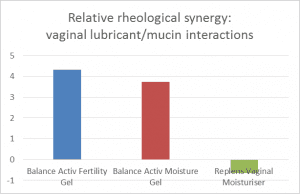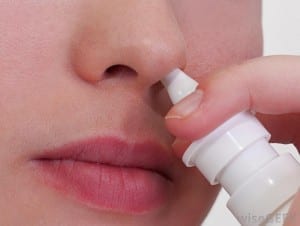Rapid mucin-interactivity characterisations for mucoadhesive polymer studies
We provide rapid characterisations of a range of products (such as proposed mucoadhesive polymers and their subsequent finished dosage formulations) and their interaction with mucin to deliver insights into, and predictions of, mucoadhesion and bioadhesion.
Mucoadhesion describes the adhesion of a product to a mucous membrane. Mucoadhesive drug delivery systems rely on this adhesion to either enhance the delivery of an active ingredient, both systemically or topically, or to enhance coating for some other physical process, such as lubrication.
Mucoadhesiveness is therefore a critical quality attribute for many pharmaceuticals or medical devices with relevance to:
- Nasal sprays
- Buccal gels and patches
- Artificial saliva and dry-mouth/xerostomia treatments
- Mouthwashes
- Gastrointestinal delivery mechanisms
- Ophthalmic lubricants for dry-eye
- Topical ophthalmic pharmaceuticals
- Otic pharmaceuticals
- Catheter lubricants
- Medicines, sweets and lozenges for mouth ulcers, sore throat or cough
- Vaginal dryness treatments
- Rectal and vaginal delivery systems
- Denture fixative adhesives
Measuring mucoadhesion using rheology
We currently provide a range of rheological (flow) and tribological (friction and lubrication) characterisations for topical products. These measurements are valuable in isolation to characterise critical attributes of relevance to their use. To this we can now add “rheological synergy” profiling to specifically support development of mucoadhesive delivery systems. Following an approach by Madsen et al (1) rheological synergy assessments are performed by measuring properties (typically storage modulus, but potentially other relevant characteristics such as zero-shear viscosity and yield stress) of mucoadhesive and mucin gels, first separately then combined.

Some combinations of mucoadhesive polymers and mucin demonstrate a marked increase in modulus when compared to the products when tested separately. This response is proposed to demonstrate macro-molecular interpenetration between mucin glycoproteins and any purported mucoadhesive polymer in the product under test. The results of the test can be presented as absolute or relative rheological synergy to provide an easy-to-interpret comparison.

Figure 2 shows the results of such an assessment on three vaginal lubricants, two based on hyaluronic acid (the Balance Activ products) and one based on carbopol (Replens). The y-axis represents the relative rheological synergy: the ratio of the increase in modulus (on combining product and mucin) to the sum of the moduli of the original components. The results tell us that the hyaluronic acid-based formulations, when mixed with mucin, result in a gel with around four times higher modulus than expected, suggesting a strongly synergistic interaction, whereas the carbopol gel demonstrates formation of a weakened gel when combined with mucin.
Contact us for a quick quotation for mucoadhesion characterisation.
- For further reading on this approach you may want to take a look at Madsen et al, A rheological examination of the mucoadhesive/mucus interaction. J. Controlled Release 50 (1998) 167-178.

